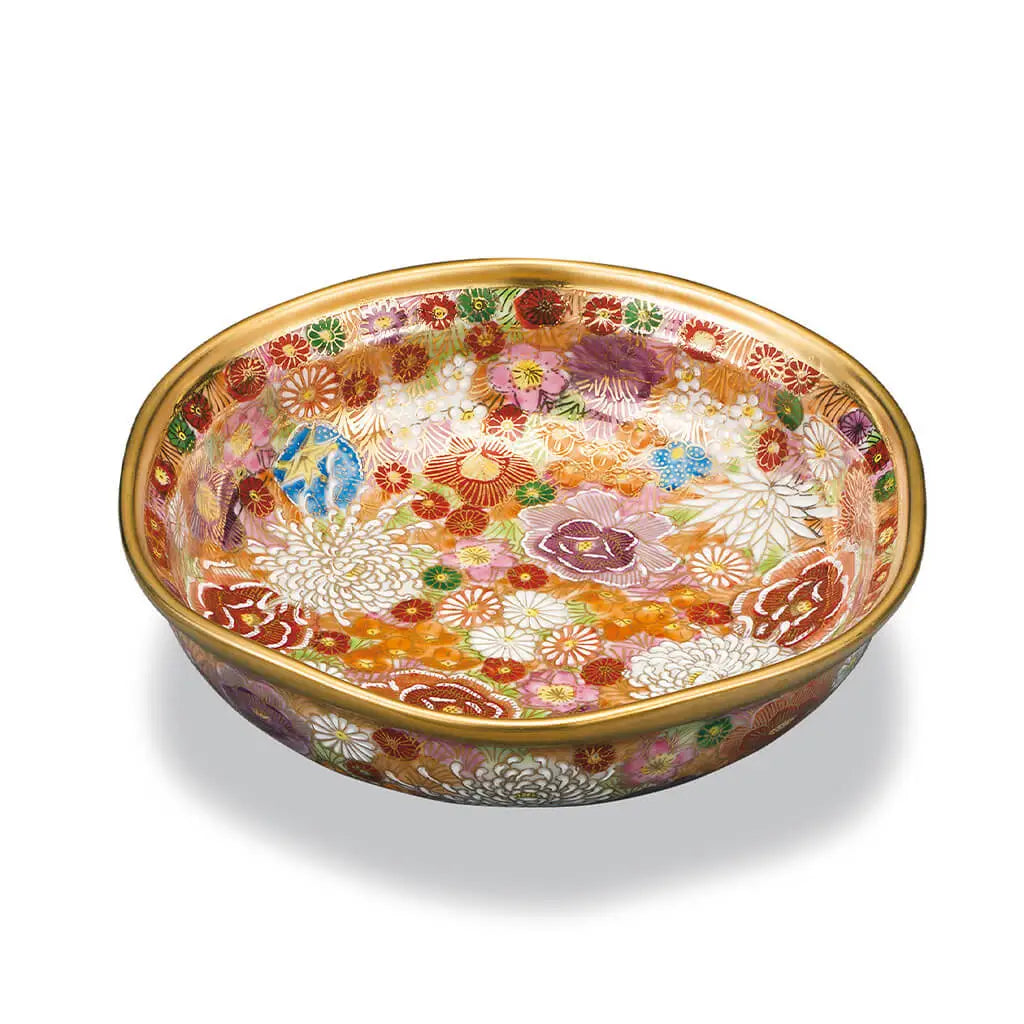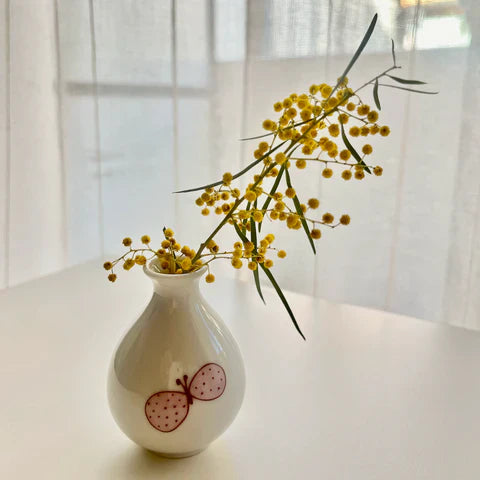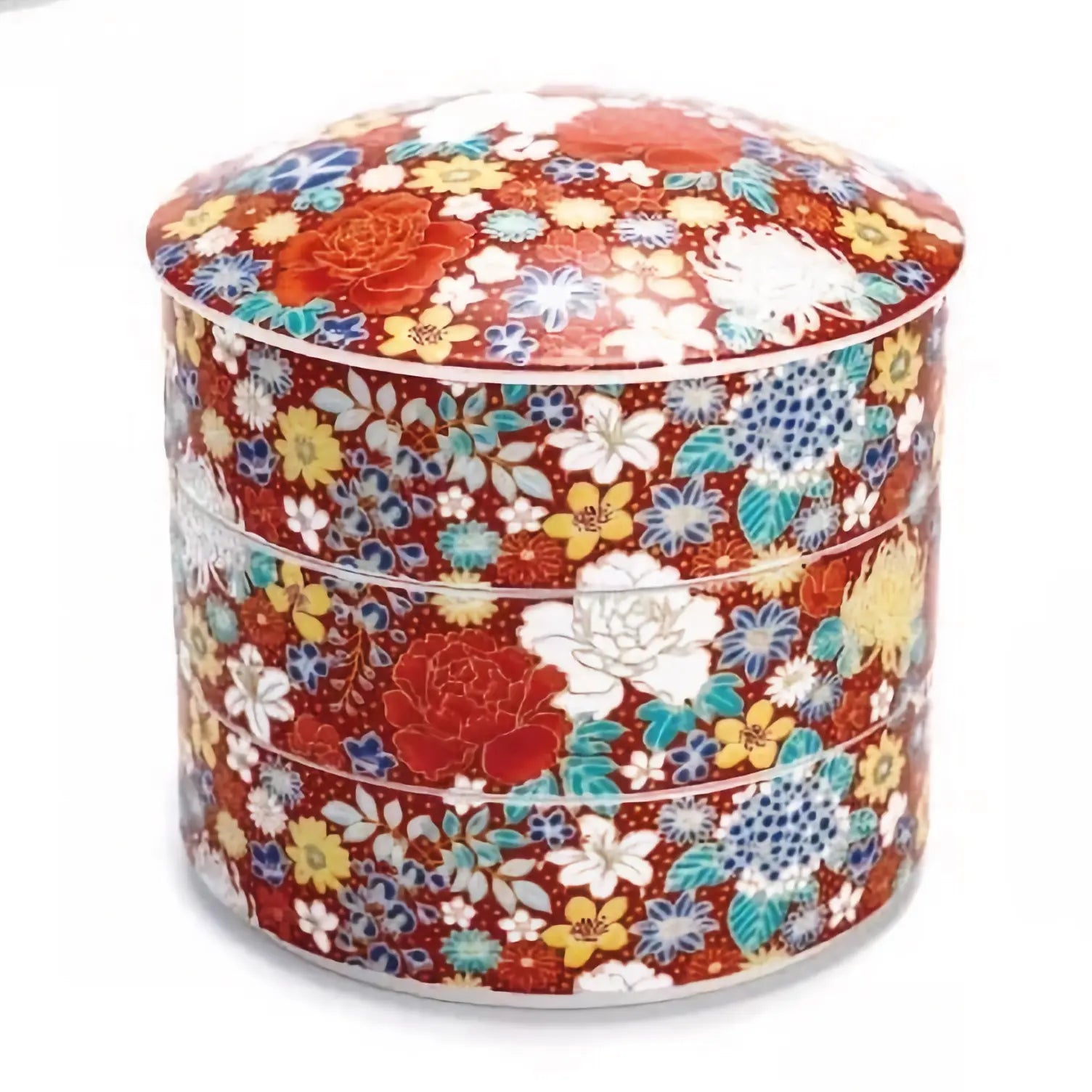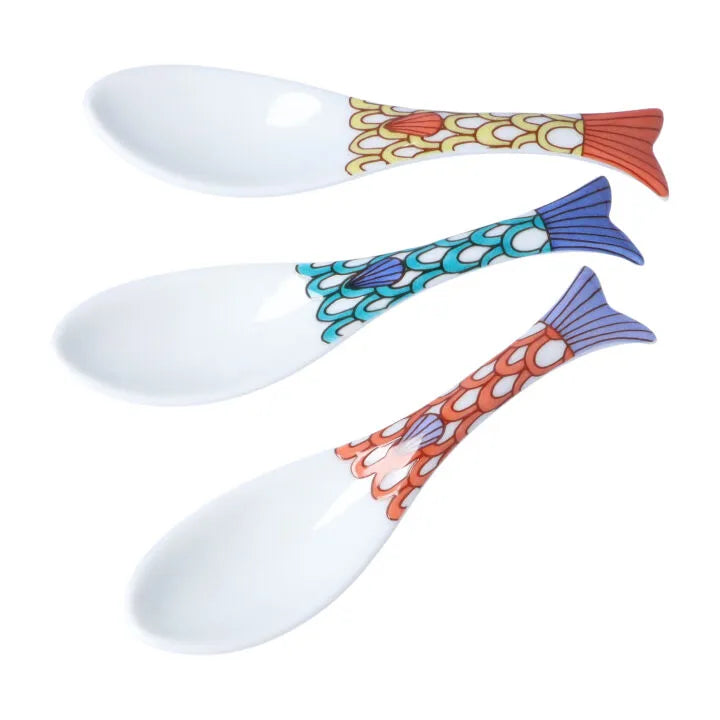To start with the conclusion, there are two reasons why Japanese people like cherry blossoms.
The first reason is that cherry blossoms symbolize the arrival of spring.
In Japan, which has four distinct seasons, “spring” is an exciting season when the cold “winter” is over, the fiscal year changes, and various things start anew.
One of the reasons why Japanese people love cherry blossoms is that when they are in full bloom, they can feel the arrival of such an “exciting season.
The second reason is that they are “ephemeral and beautiful flowers.
Even though we have been looking forward to the time when the cherry blossoms will be in full bloom for months, they will fall in about two weeks at most.
Since ancient times, Japanese people have always felt aesthetics about the transience of life, and the fact that the beauty of cherry blossoms in full bloom is a “fleeting flower” that ends up falling in a short period of time is thought to be one of the reasons why they like cherry blossoms so much.

















